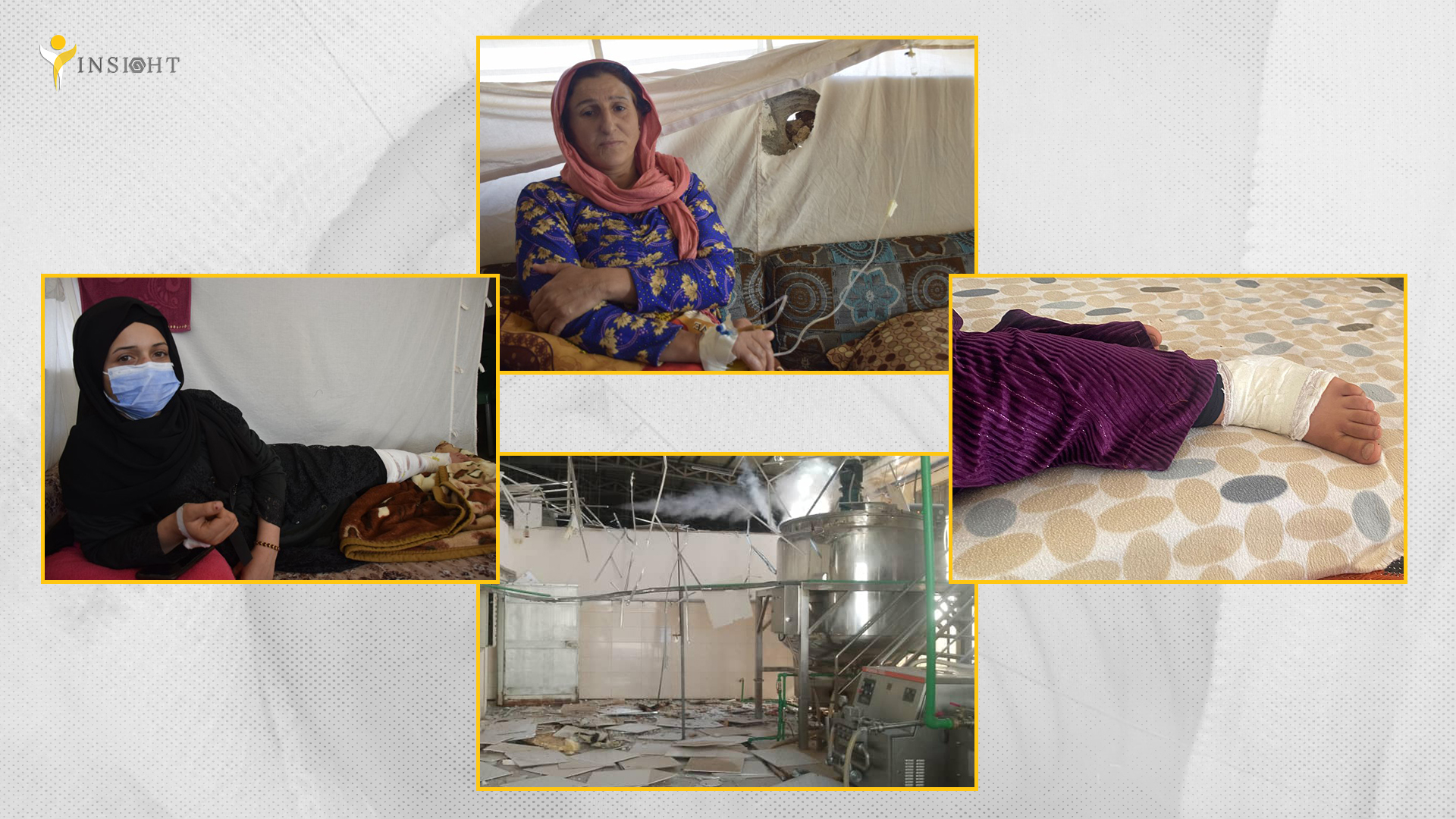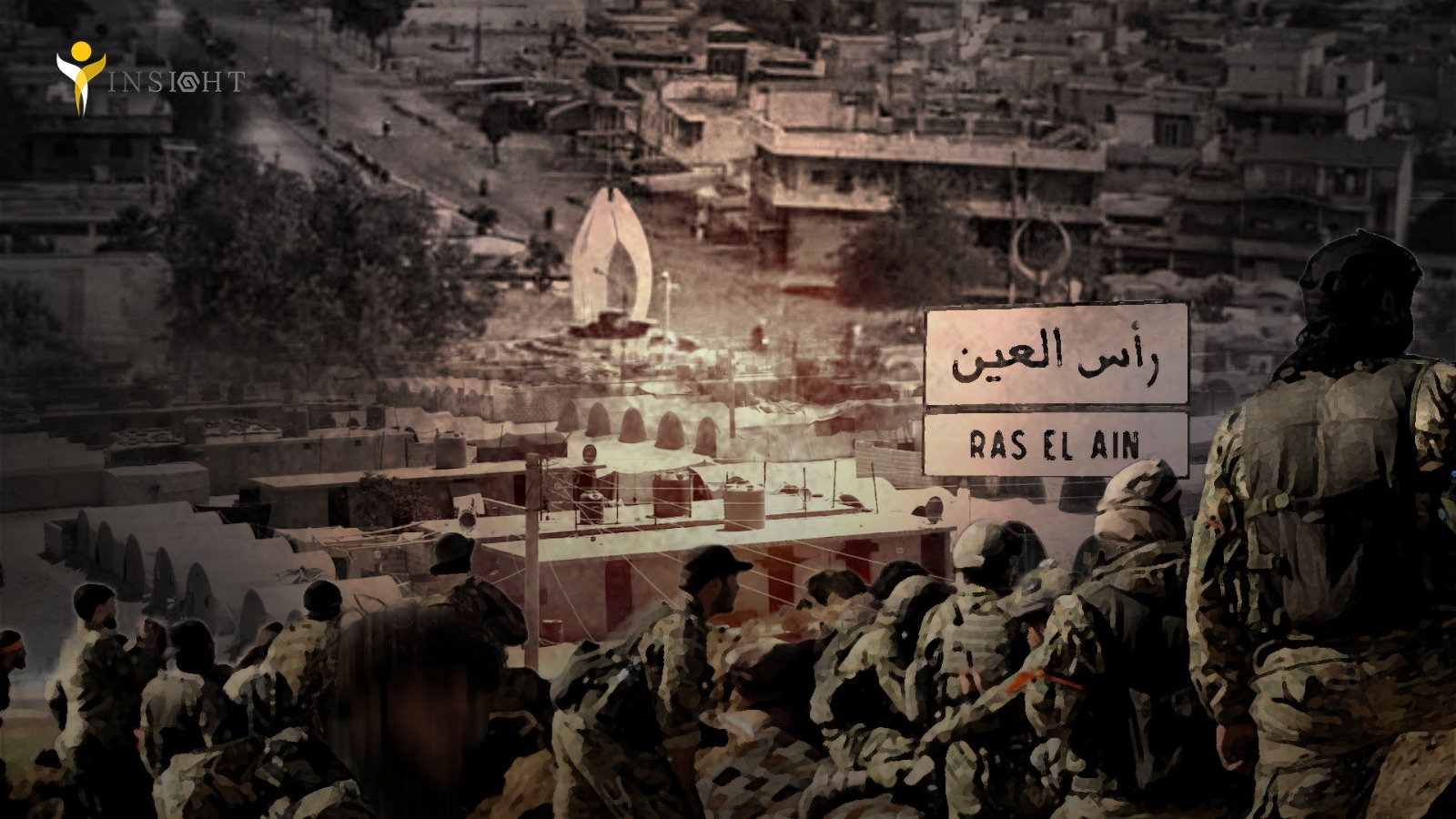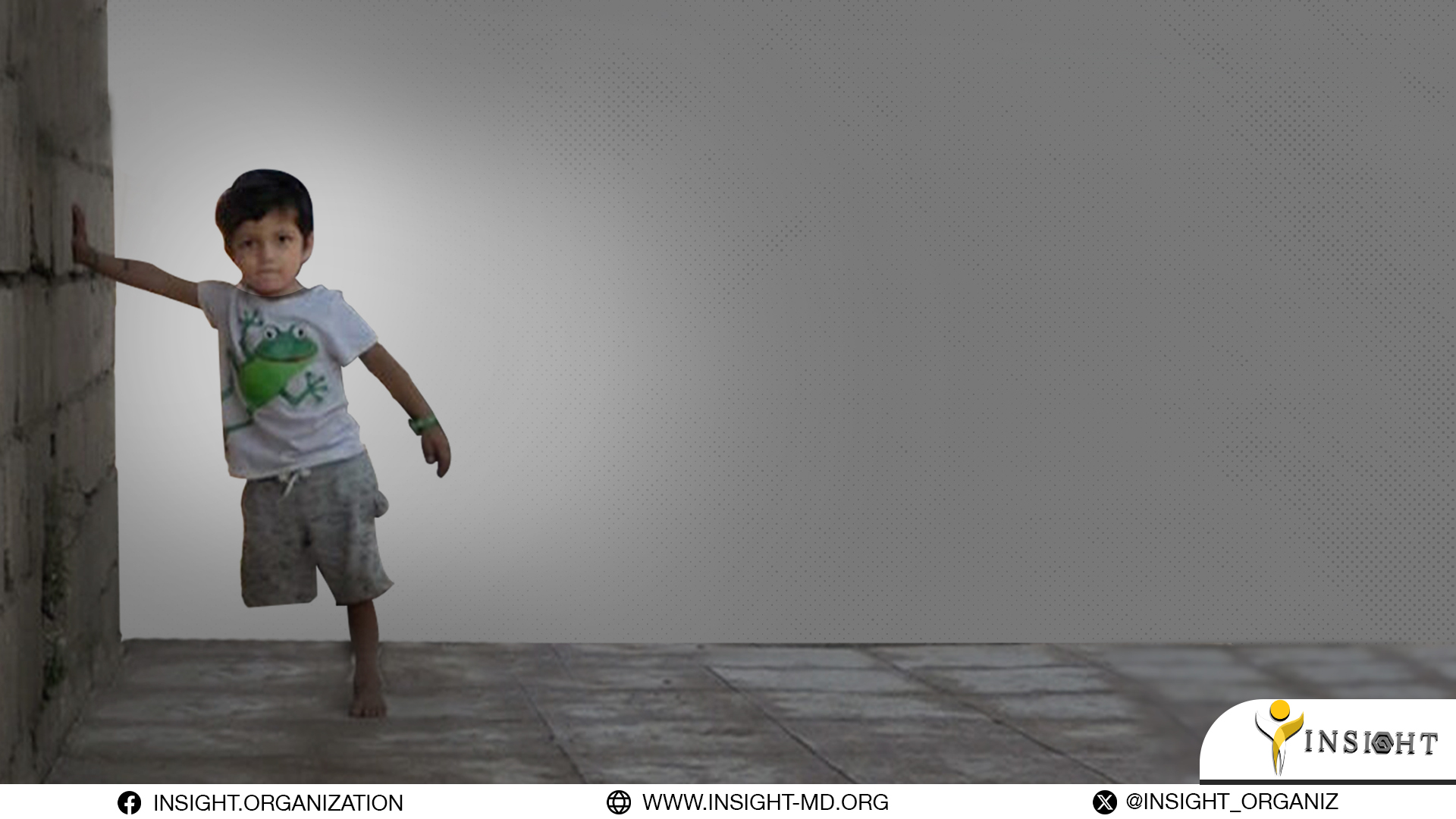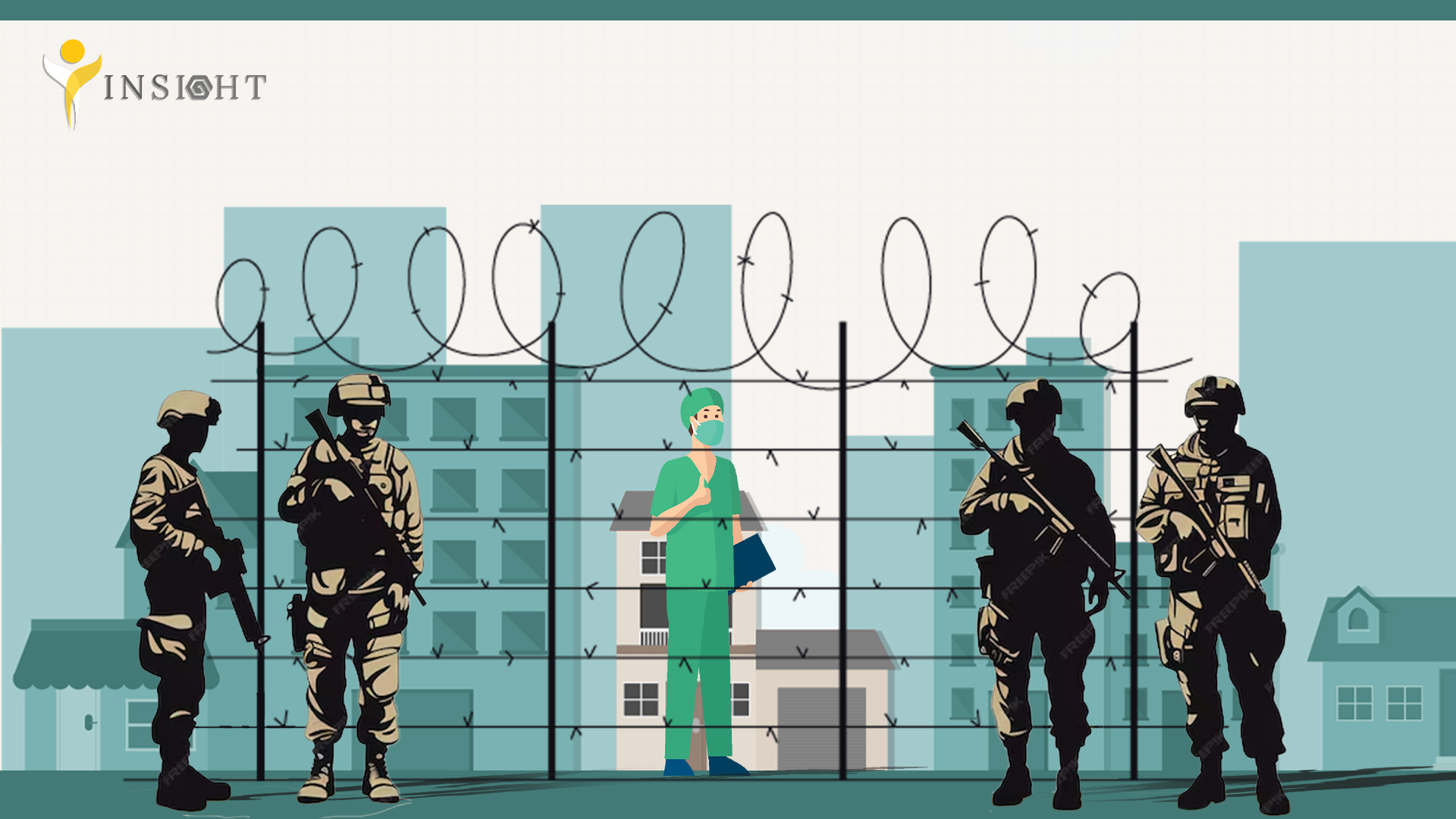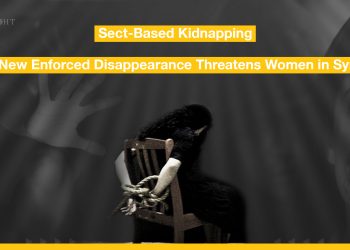This case study presents the mass killing of 6 civilians from one family on March 7th, 2025 in the city of Baniyas, west Syria, during a military operation announced by the forces of the new Syrian government against armed groups affiliated with the former regime.
The study argues that the crime of premeditated murder of the victims, one of whom is a child, and its repercussions on their families. Who is responsible for the murder? What’s these victims have in common? Are there ways for accountability and justice?
The murder recounted in this case study is one of many crimes committed by forces participating in a Syrian Ministry of Defense security operation in the Syrian coastal areas in response to attacks by armed groups affiliated to the former regime.
The total number of civilian casualties in the Syrian coast recorded by INSIGHT, from March 6 to April 6, reached 886 civilians (771 men, 69 women, and 46 children).
They spread death
The Ministry of Defense in the transitional government launched the security campaign last March to pursue militants loyal to Bashar al-Assad’s regime, after its forces were subjected to attacks and ambushes.
Involving all groups in this war was not proportional to what happened. The weapons used (bullets, shells, artillery, drones, and warplanes), and the size of the targeted areas, were not proportional to the pursuit of specific groups.
Military forces arrived in Baniyas, west Syria, Friday afternoon, on March 7th, and spread out in the main streets of Al-Qusour neighborhood )north of the city) , committing mass killings of civilians, looting, and burning property.
Armed men from government forces and accompanying factions killed three brothers, two women, and a child living in the same building in Al-Qusour neighborhood.
The relatives of aforementioned victims received calls from them in the afternoon and told them that forces had entered the building, and then they were found killed in their homes hours after that call.
On the ground floor of the building near the National Hospital in Baniyas, Amer Abboud Salama (39) was found killed by a bullet to the head, and near him was the body of his wife Reham Adel Al-Ali (33), who had bled heavily before she died as a result of two bullets hit her in the neck and leg.
The survivor of this family was a 7-month-old baby, who was near the bodies of her parents.
In the salon of the house on the second floor, Osama Abboud Salama (47 years old) was killed by a bullet to the head, along with the body of his wife Afra’ Ali Salim (40 years old), who appeared to have three bullet wounds in the leg, chest, and head, along with their 14-year-old daughter, Nagham, who was killed because of a shot in the head in the next room.
On the third floor, Amjad Abboud Salama (45 years old) was killed by a bullet to the head, like his two brothers, while his wife, Heba Haitham, was still alive after being hit by two bullets, and her children were crying around her.
What the victims have in common?
The civilian victims, the Salama family and others in the Syrian coast, as the majority of them are from the Alawite sect, in addition to others who are Sunni Muslims and Christians, and victims of the “General Security”.
Reviewing the professions and jobs of the victims in this family, shows that they were not fighters for any party, including the forces of the former Bashar al-Assad regime, but the perpetrators considered them among the “remnants” to be killed.
Osama Abboud Salama: an employee in Tartous
Amjad Abboud Salama: an employee at gas station in Baniyas (Sadcop)
Amer Abboud Salama: an employee at department of procurement at a refinery in Baniyas.
Reham Adel Al-Ali: a teacher and social mentor.
Afra’ Ali Salim: an engineer and employee at department of studies at a refinery in Baniyas.
Nagham Osama Salama: a student at ninth grade.
The victims did not flee in the previous hours and days because they are civilians and confident of their innocence of any crime committed by the previous regime, and because of their confidence in the calls for coexistence and peace made by the new authorities since the fall of the Assad regime on December 8th.
The injuries indicate that the men were killed by a bullet to the head (as in field execution), while the women’s injuries were different, some of them to the legs, which makes possibilities open about the perpetrators’ purpose in extracting confessions by force, perhaps about money and property or any other information, as reported by a witness.
A health care worker said that the survivor, Heba Haitham Ali, was taken to the hospital with two bullet wounds, one in the palm of the hand and the other in the chest, which caused her to suffer from infection and pus in the lung. She also bled a lot due to a wound resulting from a blow at the head and various fractures and bruises on the body.
The perpetrators’ killing of a 14-year-old girl, and the survival of younger children on other floors, may indicate rules or approaches to killing children of a certain age.
The burial of the victims took place in a group ceremony for the victims with a small number of families of the deceased, without the majority of the victims’ family members being able to participate, and under the direct supervision of the Syrian Arab Red Crescent, which is close to the government.
A participant in the mass burial says:
“When we arrived at the cemetery, I saw the machine digging trenches about 50 meters long, each of which accommodated about 15 bodies. They were placing a piece of building block between each body and the other.”
No official or civil authorities, including the formed investigation committee, announced any official list of the names and numbers of victims in Baniyas on that day or other days, and the hospital also refrained from providing death documents or any papers that would facilitate the transportation of bodies for burial in the countryside.
What the perpetrators have in common?
The forces to which the perpetrators belong have a nature of religious and sectarian extremism. Some of these forces directly affiliated with the Ministry of Defense, other factions recently joined, and foreign and Syrian jihadists.
Although the use of the term “remnants” to refer to wanted persons did not distinguish between military targets and civilian objects from the beginning, there are no declared orders to kill civilians based on their sect.
Another survivor in the neighborhood said they stole his car:
“Two armed members broke into my house, they were masked and wearing black uniforms and looked to be in their early twenties, one of them asked for the phone after opening it while the other started searching the house, and questions followed in a Syrian accent: Are you Sunni or Alawite? Why do you live alone? What weapon do you have?”.
He added: “When I tried to leave the building to check on my relatives nearby, the neighbors prevented me. The sounds of bullets from the buildings were frequent, two or three shots at a time.”.
Another witness said: “Three officers entered my house, one of whom was wearing the uniform that jihadists are known to wear. He asked me if I was fasting and asked the others to make sure that there were no traces of food in the kitchen. He asked me about the prayers and the number of rakaat (Islamic prayer) to make sure that I was of the Sunni sect.”.
He added that the officers asked him who are the owners of the cars in front of the building, and which of the houses belonged to the Alawites, and he replied that there was a house, but its residents fled to the villages.
According to several testimonies and photos, the officers who entered the Al-Qusour neighborhood in Baniyas that day burned cars and looted empty stores and homes after smashing their doors, in addition to stealing money, phones, and cars from the homes of the victims of the killings.
One of the victims’ families narrated that his relatives’ house was empty of money when he visited it after their killing, while the documents and papers were there.
On the second day, members of the Ministry of Defense’s “General Security” showed up, with news circulating among the people and posts on social media to reassure the people. Some fleeing residents returned to their homes three days later, but the violations continued after that.
The city witnessed compassion between residents of different sects, as Sunni Muslim families supported their Alawite neighbors, and some members of the forces even contributed to the survival of innocent people from killing and treating the injured, in addition to the role of workers in the medical and relief sector.
Legal point of view:
The analysis of the practices carried out by armed groups in this case shows that they are cases of deliberate killing targeting unarmed civilians, and therefore it is considered a “war crime,” according to the Rome Statute of the International Criminal Court, in terms of the deliberate killing of civilians, as stated in the case, and in terms of destruction and seizure of property arbitrarily and on a large scale.
This was confirmed by Amnesty International’s report on the Syrian Coast events published on April 3rd.
It is also considered a “crime against humanity” in terms of unlawful and deliberate killing that targeted civilians systematically and on a large scale, as the victims belonged to a specific sect.


